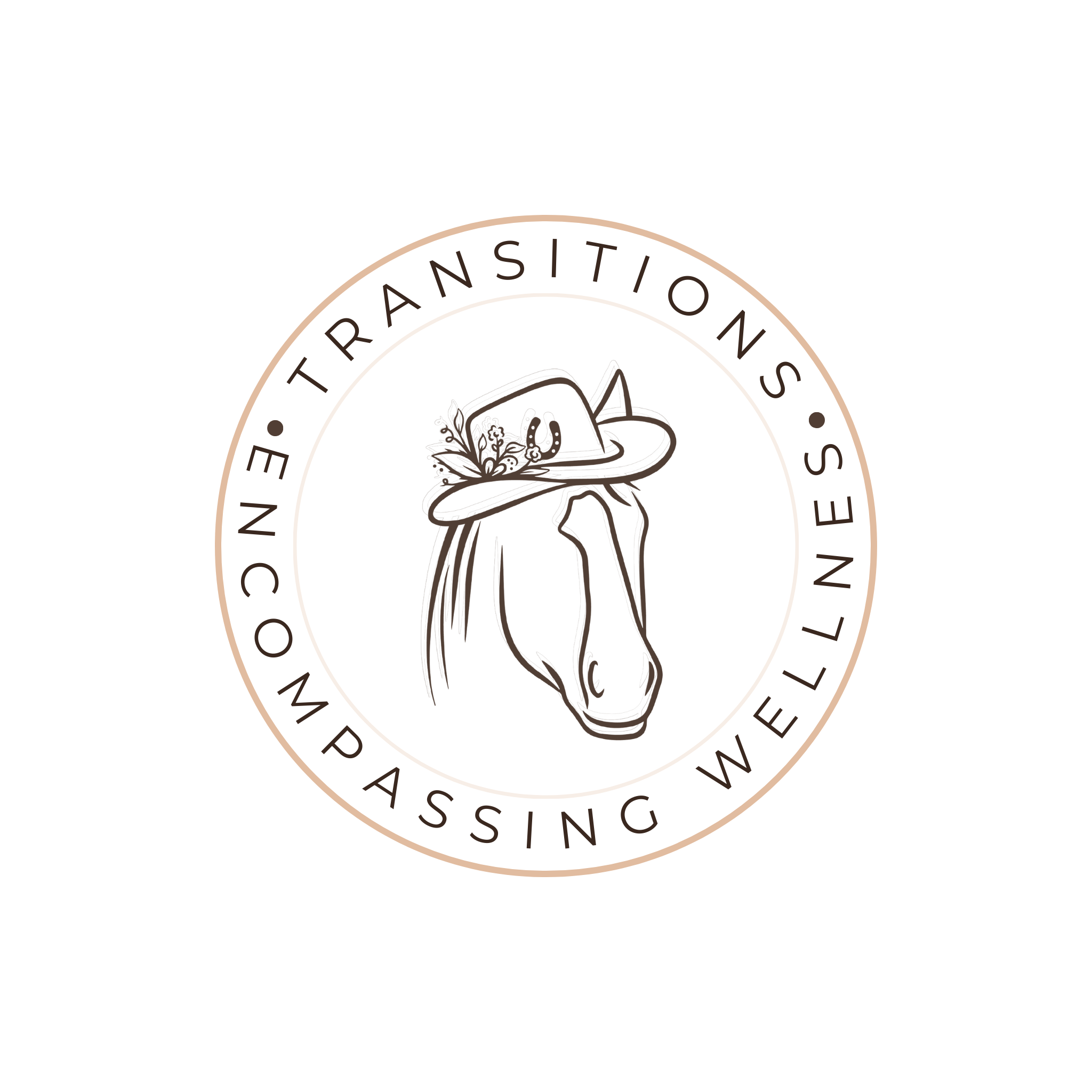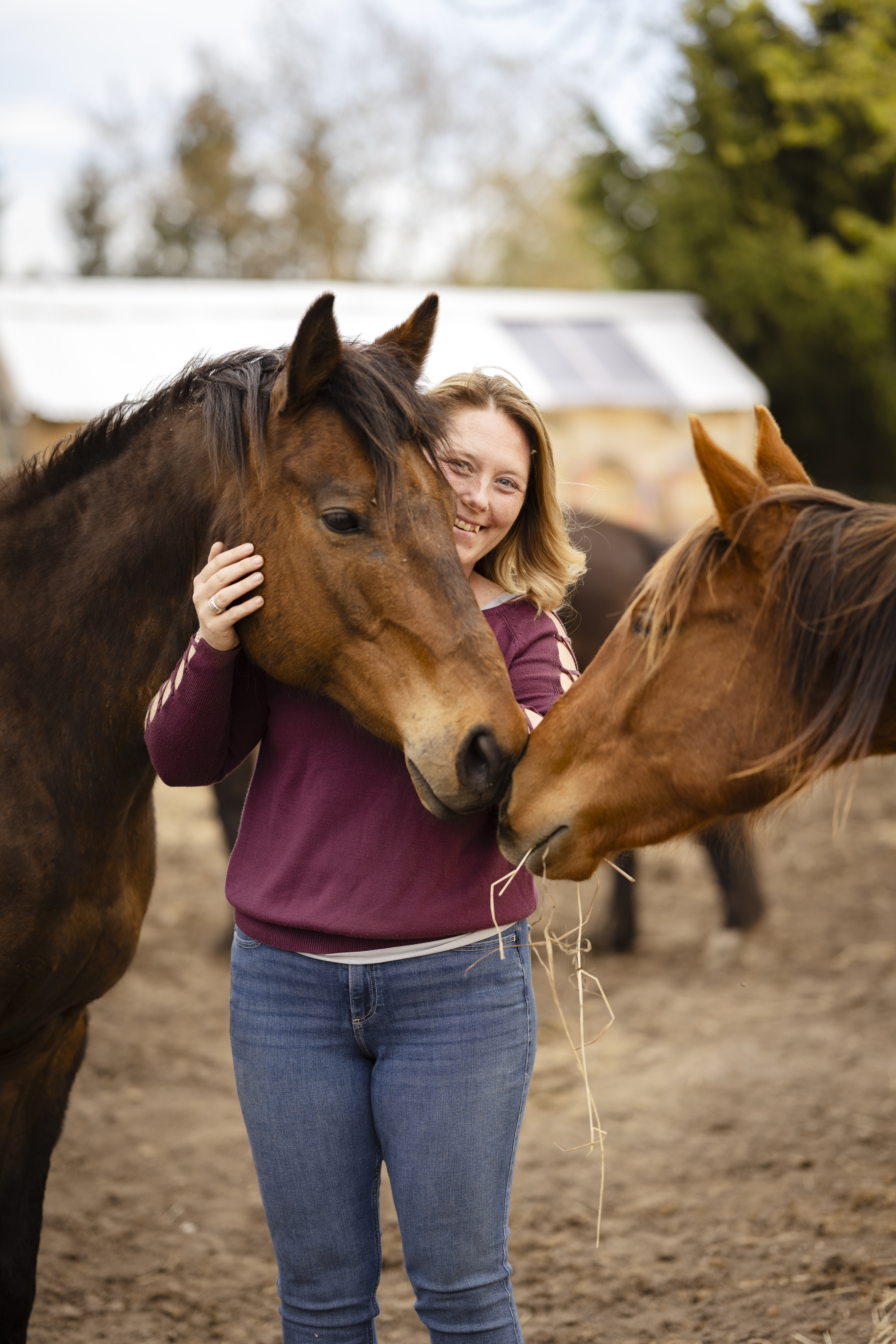Farm Membership
Now Available!!
MONTHLY VALUE IS APPROX $1,385 IN PROGRAMMING
*Early Birds*
$195 per month for the first 3 months for our first 10 members
Regular Price is $250 per month
Your Membership Includes
UNLIMITED ACCESS to Scheduled Classes of:
Meditation with Horses
EquiMind- Mindfulness with Horses
EquiWell- Wellness with Horses
Group Reiki
Downward Neigh
Farm Pass (+ 1 free guest)
PLUS: 10% off all Signature Services
Registration is required for both members & non-members due to limited class sizes.
All programs are available for non-members and INCLUDED for our members:
Group Reiki 4th Sunday of each month from 10:30am-11:30am
Yoga 3rd Sunday of each month from 10:30am-11:30am
Farm Pass First Sunday of each month from 12pm-3pm
– Meditation with Horses – $25/class
– EquiMind – $50/class
– EquiWell – $50/class
– Group Reiki – $35/session
– Downward Neigh (yoga) – $25/class
– Farm Pass- $15/person (under 3 free)


